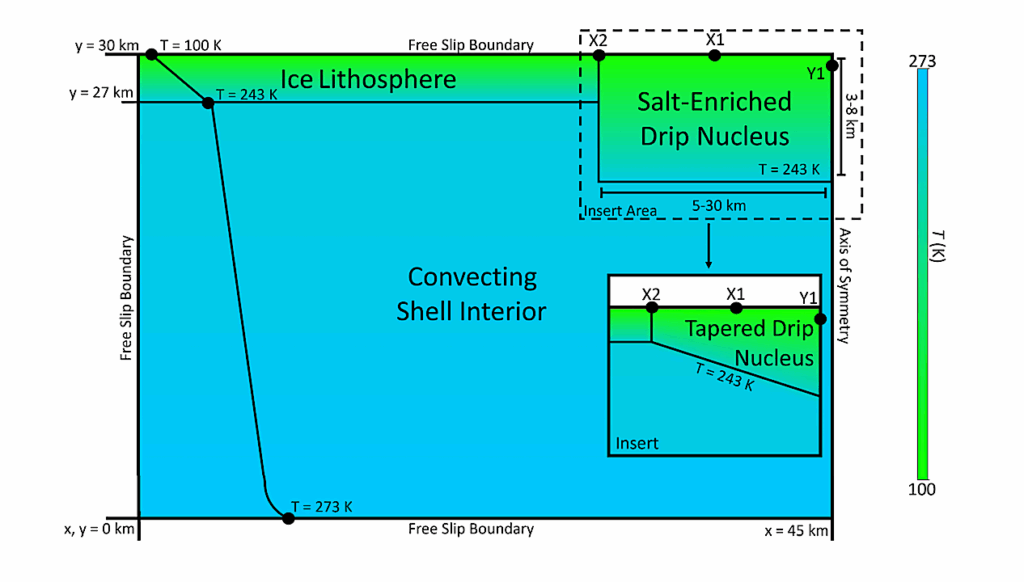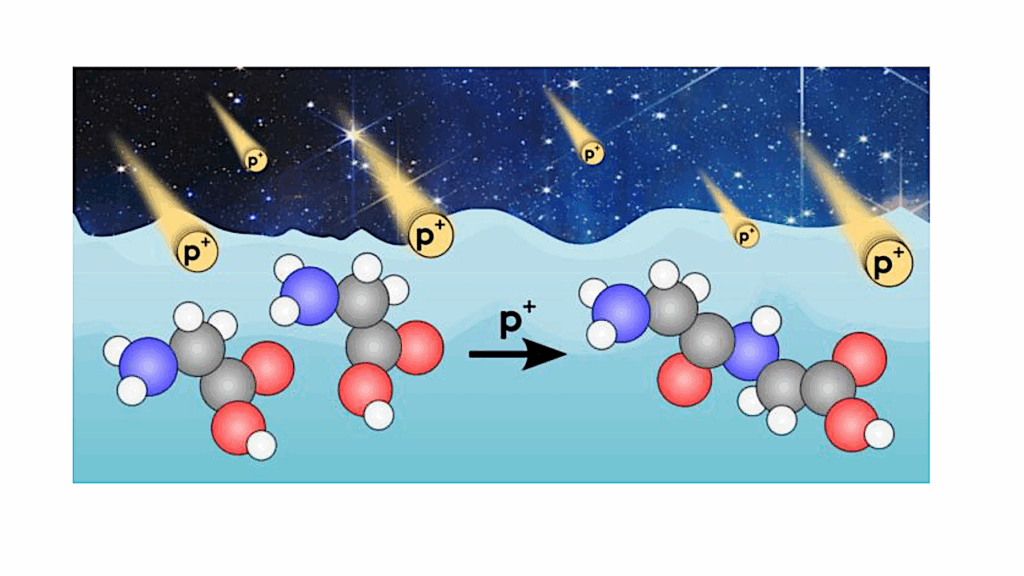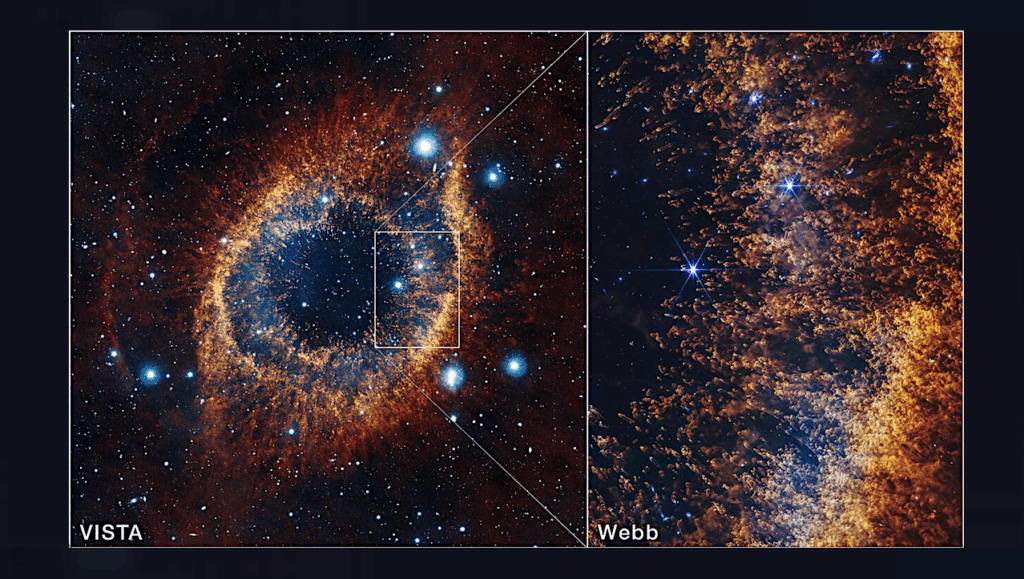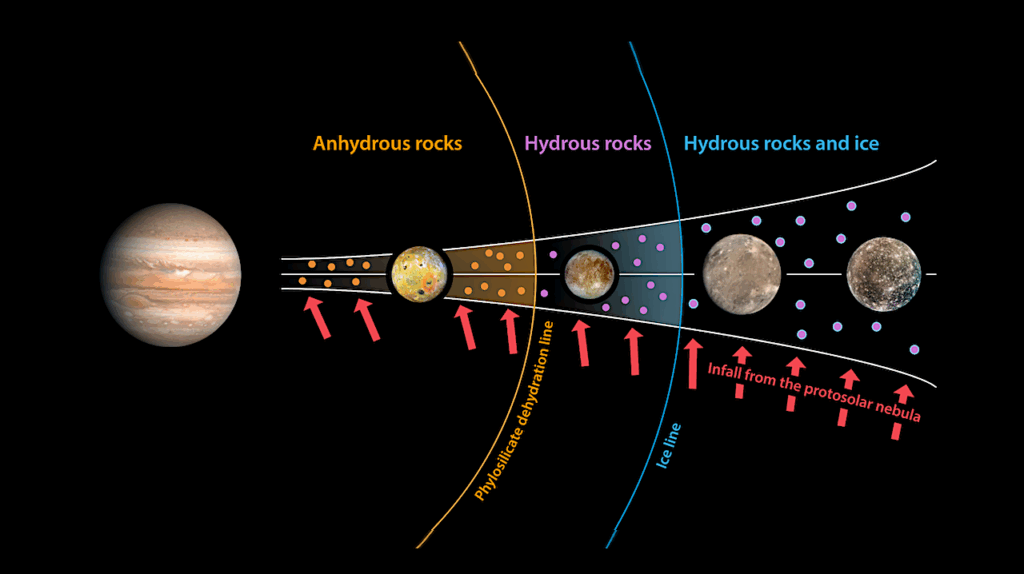Early Planet Formation in Embedded Disks (eDisk). XI. A High-resolution View Toward the BHR 71 Class 0 Protostellar Wide Binary

We present Atacama Large Millimeter/submillimeter Array (ALMA) observations of the binary Class 0 protostellar system BHR 71 IRS1 and IRS2 as part of the Early Planet Formation in Embedded Disks (eDisk) ALMA Large Program.
We describe the 12CO (J=2–1), 13CO (J=2–1), C18O (J=2–1), H2CO (J=32,1–22,0), and SiO (J=5–4) molecular lines along with the 1.3 mm continuum at high spatial resolution (∼0.08″ or ∼5 au). Dust continuum emission is detected toward BHR 71 IRS1 and IRS2, with a central compact component and extended continuum emission. The compact components are smooth and show no sign of substructures such as spirals, rings or gaps.
However, there is a brightness asymmetry along the minor axis of the presumed disk in IRS1, possibly indicative of an inclined geometrically and optically thick disk-like component. Using a position-velocity diagram analysis of the C18O line, clear Keplerian motions were not detected toward either source. If Keplerian rotationally-supported disks are present, they are likely deeply embedded in their envelope. However, we can set upper limits of the central protostellar mass of 0.46 M⊙ and 0.26 M⊙ for BHR 71 IRS1 and BHR 71 IRS2, respectively. Outflows traced by 12CO and SiO are detected in both sources.
The outflows can be divided into two components, a wide-angle outflow and a jet. In IRS1, the jet exhibits a double helical structure, reflecting the removal of angular momentum from the system. In IRS2, the jet is very collimated and shows a chain of knots, suggesting episodic accretion events.
Sacha Gavino, Jes K. Jørgensen, Rajeeb Sharma, Yao-Lun Yang, Zhi-Yun Li, John J. Tobin, Nagayoshi Ohashi, Shigehisa Takakuwa, Adele Plunkett, Woojin Kwon, Itziar de Gregorio-Monsalvo, Zhe-Yu Daniel Lin, Alejandro Santamaría-Miranda, Yusuke Aso, Jinshi Sai (Insa Choi), Yuri Aikawa, Kengo Tomida, Patrick M. Koch, Jeong-Eun Lee, Chang Won Lee, Shih-Ping Lai, Leslie W. Looney, Suchitra Narayanan, Nguyen Thi Phuong, Travis J. Thieme, Merel L. R. van ‘t Hoff, Jonathan P. Willians, Hsi-Wei Yen
Comments: 38 pages, 29 figures, accepted in ApJ
Subjects: Earth and Planetary Astrophysics (astro-ph.EP); Solar and Stellar Astrophysics (astro-ph.SR)
Cite as: arXiv:2407.17249 [astro-ph.EP] (or arXiv:2407.17249v1 [astro-ph.EP] for this version)
Related DOI:
https://doi.org/10.3847/1538-4357/ad655e
Focus to learn more
Submission history
From: Sacha Gavino
[v1] Wed, 24 Jul 2024 13:10:24 UTC (40,116 KB)
https://arxiv.org/abs/2407.17249
Astrobiology,








